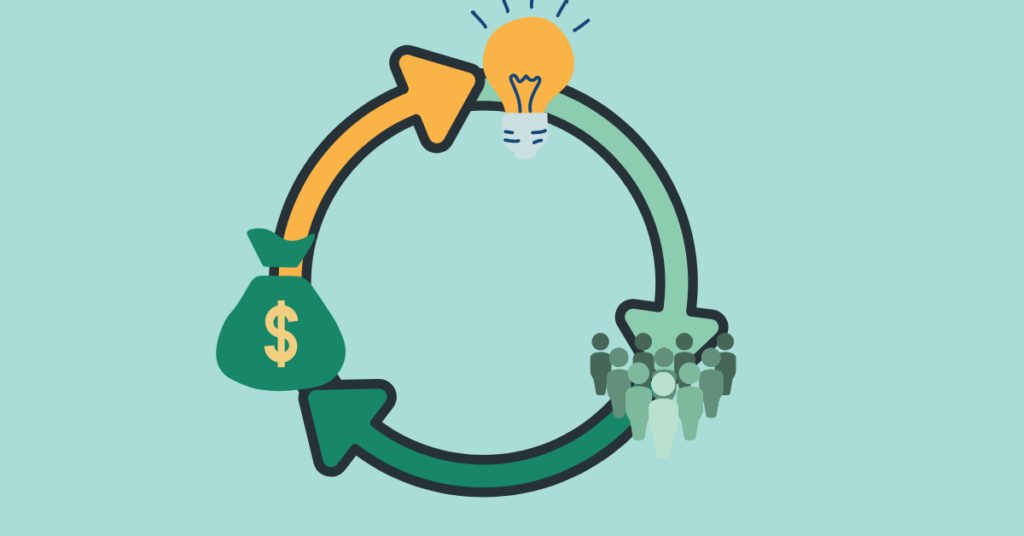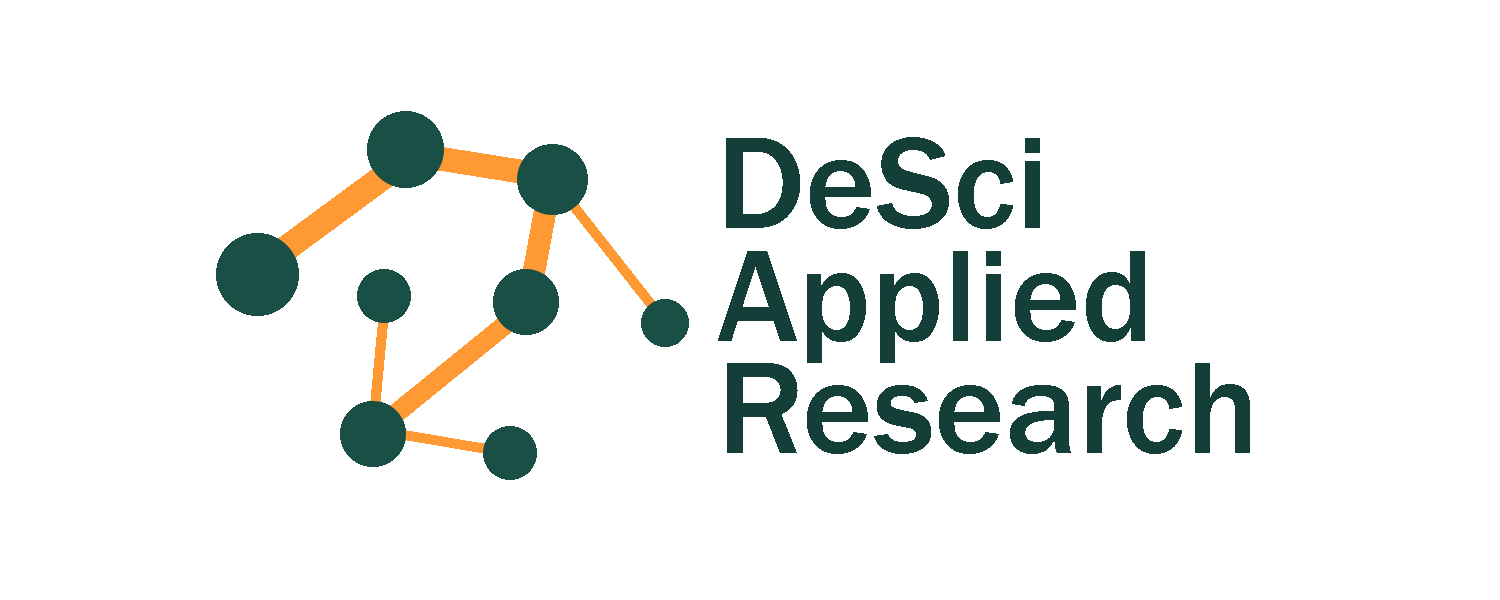Crowdfunding has emerged as a powerful and accessible tool for mobilizing financial support across various sectors. In healthcare, it most often addresses the pressing financial needs of those in medical distress while fostering a sense of community engagement and solidarity. When used in this way, crowdfunding is being deployed as a reaction to a broken system.
However, could crowdfunding be used proactively to fill the gaps in funding for rare indications and orphan drug development?

Drug development is a risky endeavor where the failures largely outnumber the successes, although the financial return on success more than covers the cost for the failures. The investment risk and opportunity into early stage drug development reflects this pattern of events. From an investor’s perspective, risky and illiquid assets have to offer a significant return in order to be attractive. Therefore, when evaluating various early stage drug candidates, it is perfectly logical to direct funding toward the most prevalent diseases that have the largest impact on society, and thus the largest payout to investors.
This risk-reward calculation leads to a threshold for minimum expected ROI that makes for an attractive investment. In our current culture and society, developing a drug for a rare disease, with relatively few benefiting patients and families is not perceived as having the equivalent societal impact to justify the expected return on a risky long-term investment. This leads to those who have the will and means to invest in early stage drug development to overlook the unmet need in rare diseases.
Thankfully, maximizing capital gains through high-risk investments is not the only incentive that drives our economy. It also is not the prevailing opinion on how the healthcare economy should run. Other prevalent opinions on healthcare economics include:
Even investors don’t all think alike. Varying appetites for risk, reward expectations, and diversity of instinct and insights lead to a palette of investment strategies. Let us not forget philanthropists and those who are motivated by very personal circumstances.
Although motivations can be diverse, rallying together around a common cause can lead to meaningful change. When it comes to funding the translation of biology and engineering to novel medicines for patients, financial collaboration would fall under crowdfunding.
In the United States, the 2012 Jumpstart Our Business Startups (JOBS) Act provided the first explicit provisions for crowdfunding. These regulations strike a balance between the need to protect unsophisticated investors, while allowing small businesses to harness the connectivity of the internet to raise funds for products and services customers want. Since 2012 there have been some updates and amendments to the regulations and some key provisions include
Refer to Regulation (EU) 2020/1503 of the European Parliament for comparable regulations enforced within the European Union.
Nov 1st 2023, the Alliance of Regenerative Medicine hosted a scientific exchange discussing technical and economic challenges in deploying advanced therapies for rare diseases. An in-depth white paper is expected in early 2024, and I will give further thoughts once the complete summary has been published
One quotation that stood out was from Fyodor Urnov, Professor and Director at the University of California Berkeley. Professor Urnov stated,
A child could be born with a point mutation that is actionably editable, but when you change a single thing in an existing IND, you are back to a new product that could take about 4 years and $7million to develop. But that child only has 8 months to live”
While I believe Prof Urnov is really trying to make a point about the time needed to do early pre-clinical development of a new drug, he also provides important insight on costs. If accurate, his estimate for $7million for preparing an advanced therapy for early clinical trials could provide a benchmark for the minimum investment needed. In an optimistic scenario, through collaborative development on open sourced technologies, this could become the ceiling for what is needed. This $7million over 4 years is well within the limits of crowdfunding regulations.
Another supportive data point was published in 2018 in the scientific journal JAMA Internal Medicine. In an article titled “Estimated Costs of Pivotal Trials for Novel Therapeutic Agents Approved by the US Food and Drug Administration, 2015-2016” by T. Moore et al., it is written that “Estimated costs ranged from less than $5 million for trials without a control group for 3 orphan drugs with fewer than 15 patients each” This figure is again within limits of crowdfunding regulations.
One of the most difficult and subjective barriers to embarking on a crowdfunding strategy might be right there in the name “crowd”. Would there be enough financial support and public interest for a crowdfunded economy for early stage drug development?
As stated previously, there are limits to how much any individual investor can support a crowdfunding campaign. We can map these restrictions onto the demographics of the United States and come up with some objective figures
Based on these statistics and the size of the US economy the annual source of capital available to crowdfunding could be in the 10s of Billions of dollars!
Realistically, the amount that the impacted public is willing and able to invest into the development of novel therapies for rare diseases is only a fraction of what is legally permissible. Nevertheless, from a high level there could be some unrealized potential in using crowdfunding in drug development.
